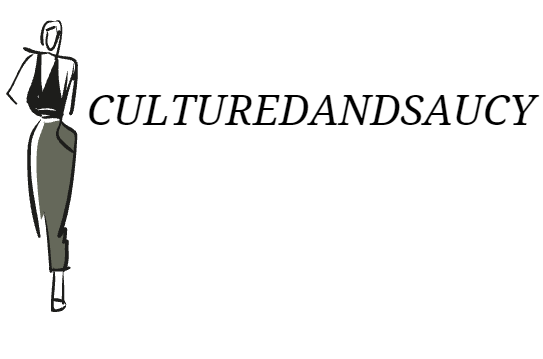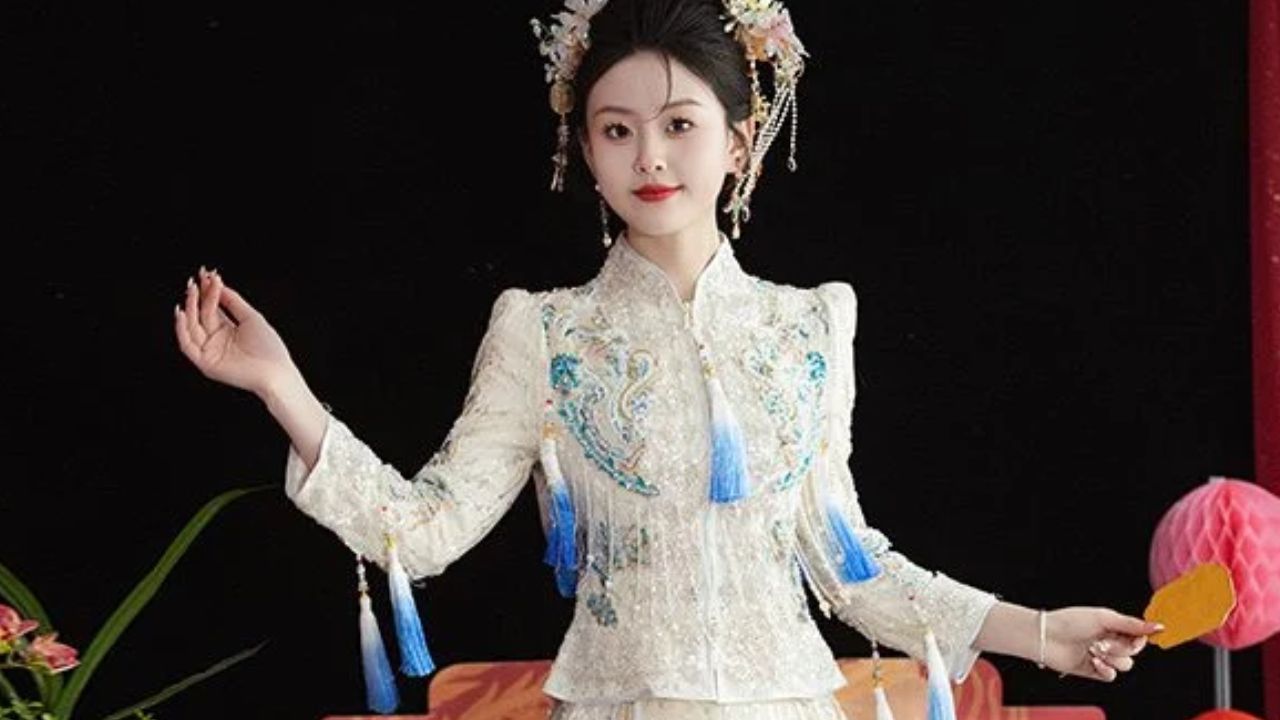A well-made cheongsam is more than just beautiful fabric – it's a masterpiece of tailoring that combines traditional techniques with precise construction. While many may admire its elegant appearance, true quality lies in the harmonious blend of traditional elements with expert construction methods.
Understanding these essential components helps you distinguish between a superior garment and a basic reproduction. So, in this article, let’s explore the basic components of Chinese Cheongsam.
Basic Aspects Of A Well-Made Chinese Cheongsam
1- The Foundation: Fabric Selection
The choice of fabric forms the essential foundation of a truly exceptional cheongsam. Premium materials, whether luxurious silk or carefully selected high-grade synthetic blends, must meet exacting standards. When choosing fabric, look for some important things:
- The fabric's weight should be carefully chosen to suit the intended season, ensuring comfort throughout wear.
- Durability is paramount, as a quality cheongsam should withstand frequent use while maintaining its elegant appearance.
- The material must also possess proper draping qualities that allow it to flow gracefully with movement while maintaining the garment's traditional silhouette.
- Color consistency throughout the fabric is crucial, ensuring an even, rich appearance that speaks to the quality of the finished garment.
2- Structural Elements
The Mandarin Collar
The Mandarin collar defines the cheongsam's classic look. A well-made collar features perfect symmetry and strong interfacing to hold its shape. The height and fit must frame the neck gracefully while ensuring comfort. Quality construction includes secure closures and precise topstitching for a refined finish.
Side Slit Construction
Side slits combine function with style. Each slit requires reinforced stress points and clean finishing for durability. The height is carefully measured to allow movement while maintaining elegance. Balanced proportions and secure stitching ensure the slits maintain their shape through regular wear.
Sleeve Elements
Sleeve construction focuses on both form and function. Cap sleeves need precise shaping to frame the shoulders, while the armhole construction allows comfortable movement. Whether short or long, sleeves require careful binding and finishing to complete the garment's polished look.
3- Critical Construction Details
Pattern Alignment Excellence
Superior cheongsam construction demands meticulous pattern alignment. Designs should match perfectly at seams, with consistent motif placement throughout the garment. This attention to detail creates a harmonious visual flow that marks true craftsmanship.
Traditional Closures
Authentic button closures and loops require hand-sewing expertise. Each button must be securely attached, with evenly spaced loops that maintain proper tension. Quality materials ensure these crucial elements withstand frequent use while preserving traditional aesthetics.
4- Essential Fitting Elements
Darts and Seams
The artistry of a cheongsam lies in its precise fitting elements. Each dart must be strategically placed to create natural shaping, while clean seam finishing ensures a polished look. The garment requires careful ease allowance for comfort, complemented by smooth transitions between sections. Professional pressing completes each seam, creating crisp, clean lines that define the garment's structure.
Body Contouring
Expert tailoring brings the cheongsam to life through masterful body contouring. The bust area demands precise fitting to ensure elegance and comfort, while defined waist shaping creates the classic silhouette. Careful attention to hip curvature maintains the traditional line while allowing natural movement. The overall silhouette flows smoothly from shoulder to hem, combining beauty with practical wearability.
5- Traditional Embellishments- Hand Details
The hand-finished details of a cheongsam showcase the artisan's skill and dedication to traditional craftsmanship. Handcrafted touches not only enhance the cheongsam's beauty but also connect it to centuries of Chinese tailoring tradition, making each piece uniquely special. Authentic touches include:
- Hand-finished edges
- Traditional embroidery
- Quality appliqués
- Precise piping
- Decorative knots
Besides this, the quality trim application ensures these details enhance rather than overwhelm the garment.
6- Interior Construction
The interior of a quality cheongsam combines precision with practicality. A well-chosen lining provides smooth movement and breathability, while bound seams and reinforced stress points ensure durability. Quality interfacing and supporting structures maintain the garment's shape, creating a flawless fit that marks superior craftsmanship.
Comfort and Wearability
A superior cheongsam balances traditional design with practical comfort. Strategic ease allowances, breathable construction, and proper weight distribution ensure the garment moves naturally with the body while maintaining its elegant silhouette.
Every exceptional cheongsam undergoes rigorous quality control. Multiple fittings, detailed inspections, and practical wear testing ensure the garment meets both aesthetic and functional standards. This comprehensive approach guarantees a piece that will be treasured for years to come.
Final thoughts
A well-made cheongsam combines all these elements seamlessly, creating a garment that not only looks beautiful but also provides comfort and durability. The attention to these details separates authentic, quality pieces from mass-produced versions.
Understanding these components helps in appreciating the craftsmanship involved and makes selecting a quality cheongsam easier. Whether choosing a traditional or modern interpretation, these elements remain crucial to the garment's overall quality and wearability.


